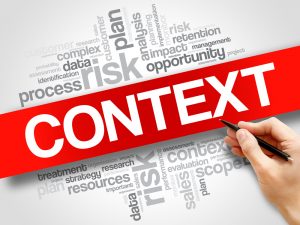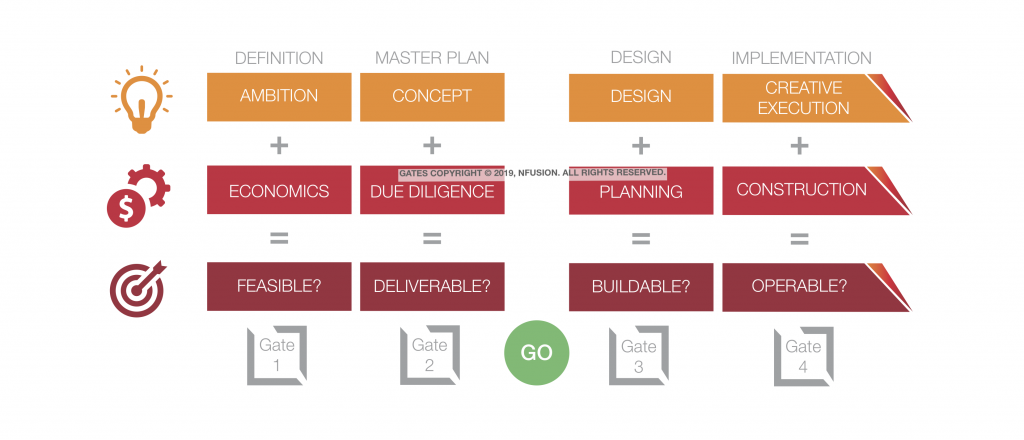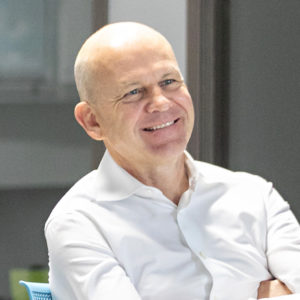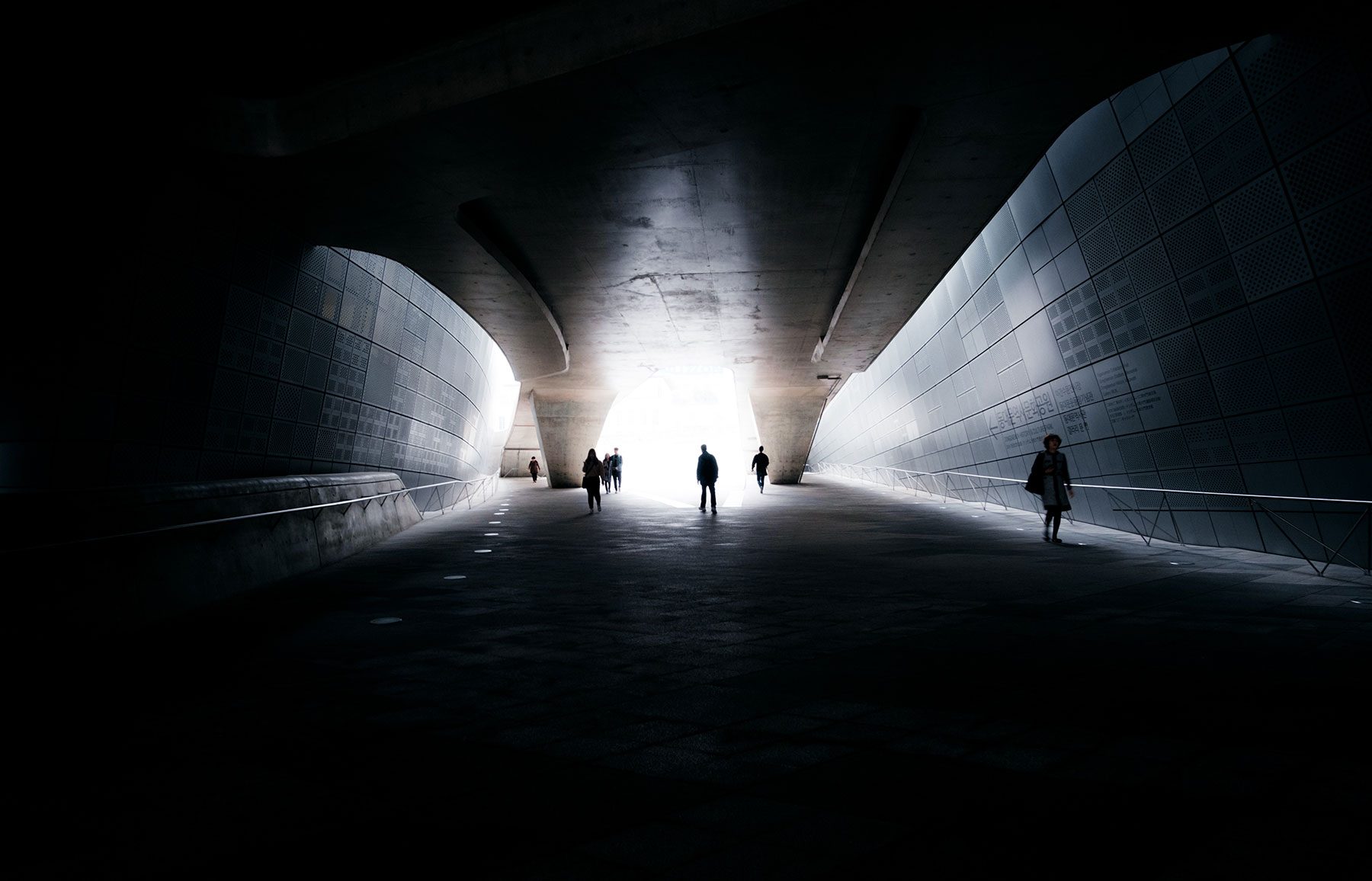Framing the Opportunity, Part 1: Paving the Road to Themed Development Success
Knowledge of all elements that go into a themed development project, from the planning stages through implementation and operations, is critical for success and must be woven into the fabric of the construction process.
This is how it starts: a developer has land, money, and a vision. A team is formed; a themed development project is launched. What could go wrong? As anyone with experience in this industry knows all too well, there are several potential roadblocks to project success.

In fact, many worthy projects with strong backings don’t make it to the finish line.
When this happens, time and money are wasted – often on a significant scale. Companies lose financial footing, reputations are tarnished, and planned tourism and economic benefits for the local community are lost.
Ultimately, these failures reflect negatively on the whole industry. The larger the themed development scale, the greater the impact. The first step in avoiding disaster is to frame the opportunity within the context of this industry’s dynamic, competitive, and expanding landscape.
Based on our team’s decades of experience and current activity in the themed development business, we explore below the incremental steps stakeholders must take to align the many components of these projects and begin paving the road to success.
1. An Industry-Specific Project Management Context

Knowledge of all elements that go into a themed development project, from the planning stages through implementation and operations, is critical for success and must be woven into the fabric of the construction process.
What makes the realm of themed entertainment different is that, in addition to traditional and well-understood disciplines, we look at areas like infrastructure, traffic, procurement, and construction.
By determining the capital required for the vision, dissecting the program, and leveraging a database of historical costs, we provide a robust framework for a successful development that balances design dreams with budget realities.
Otherwise, it is all too easy to fall into the costly mistakes that can send even the most promising concept to the theme park graveyard.

It is akin to conducting an orchestra comprised of thousands of small and large pieces. All elements must be accounted for, planned, and budgeted, so that the land, the funds, and the vision have the best possible chance of becoming a real-life, successful themed development project – one that opens on time and on budget, and is filled with guests who will be inspired to visit again and again.
With many years of experience developing successful attractions for the industry’s big players, nFusion has built upon best project management practices, based on the works of Hans J. Thamhain, to formulate and formalize an attractions-industry-specific program management plan based on what we know works in the field.
This is a series of steps called Project Gates.

Essentially, the Gates are well-defined incremental building blocks, acting as checkpoints, that maintain alignment of the flow of the themed development process. Following the Project Gates procedure involves looking at all pertinent elements at once and keeping their costs in line.
Otherwise, a project might derail because too much money is spent in one area, before assessing what obstacles might demand that the element be changed to make it viable.
When robustly utilized, these Gates keep the process on track and in sync, so each element is completed correctly, and in alignment with the development process, the first time around. The goal is always to minimize and ideally eliminate any costly re-dos. Communication, scheduling, and budgeting are all key.

2. Ask the Right Questions and Maintain Alignment
There are four major stages to a themed development project: Definition, Master Plan, Design, and Implementation.
At the corresponding completion of each stage, before we consider whether we are ready to pass through the Project Gate to the next stage, we are looking to see whether we have answered the following questions: is the project feasible, deliverable, buildable, and operable?
From one Gate to the next, there are many steps to execute and checkpoints to fulfill before passing through. The big questions must be continually revisited – for example:
- Is the attraction buildable?
- Have we reached the point when the client and project is ready to spend the substantial money required to take it to opening day?
- Is the client ready to make the hard commitments necessary to get ride suppliers, technology experts, etc. on board?
The nFusion team ensures that developers and owners pace what they are doing and when they are doing it, making sure everything is in alignment. The key is being able to clearly see the vision and the ambition, while equally monitoring the economics involved in making the project happen and sustaining its success.

We consider further elements such as: Can we get the land? Are entitlements in place? What does the schematic design show? How will the specialty work be produced? Are there competitors to consider?
Throughout all steps, it is critical to keep the vision consistent, and to maintain the respect of all the professionals involved. A common pitfall is spending too much money in one area and compensating by pulling from another. That ultimately results in ‘chiseling away’ at ideas until too much is lost.
There must be a deliberate and conscious effort to stay true to the vision to achieve themed development success. We’ve found this is best achieved by being respectful of and collaborative with all players – from the design company to ride makers, contractors to architects to operations groups and beyond.
3. Establish a Solid Foundation
Successful projects start with the right foundation.

If the beginning of a project is weak, the execution of the project will be weak. As a project goes through each of nFusion’s Gates, from inception on, the team must be progressively building upon – and always tying back to – the foundation: the goals, strategies, economic model, and creative visions, while always balancing the intellectual property vision against these items.
A suite of proprietary tools should be utilized at the outset of every project. For example, nFusion prepares a Program Book, Delivery Plan, and Implementation Manual for each project. These documents are the foundation of project delivery from which we manage and maintain alignment, while reporting regularly and confirming at each gateway.
When themed development stakeholders have people on their team dedicated to ensuring that everything happens in the right order and directing the development from one phase to the next to avoid excessive risks, they immensely increase their chances of project success.
In our next article, we’ll further explore the concept of framing the opportunity and take a deeper look at some of the micro and macro factors responsible for common roadblocks to themed development success.


